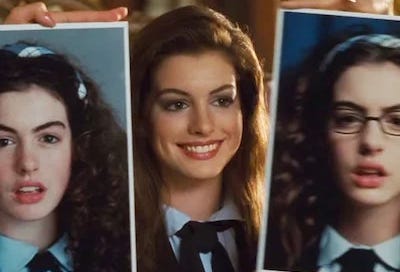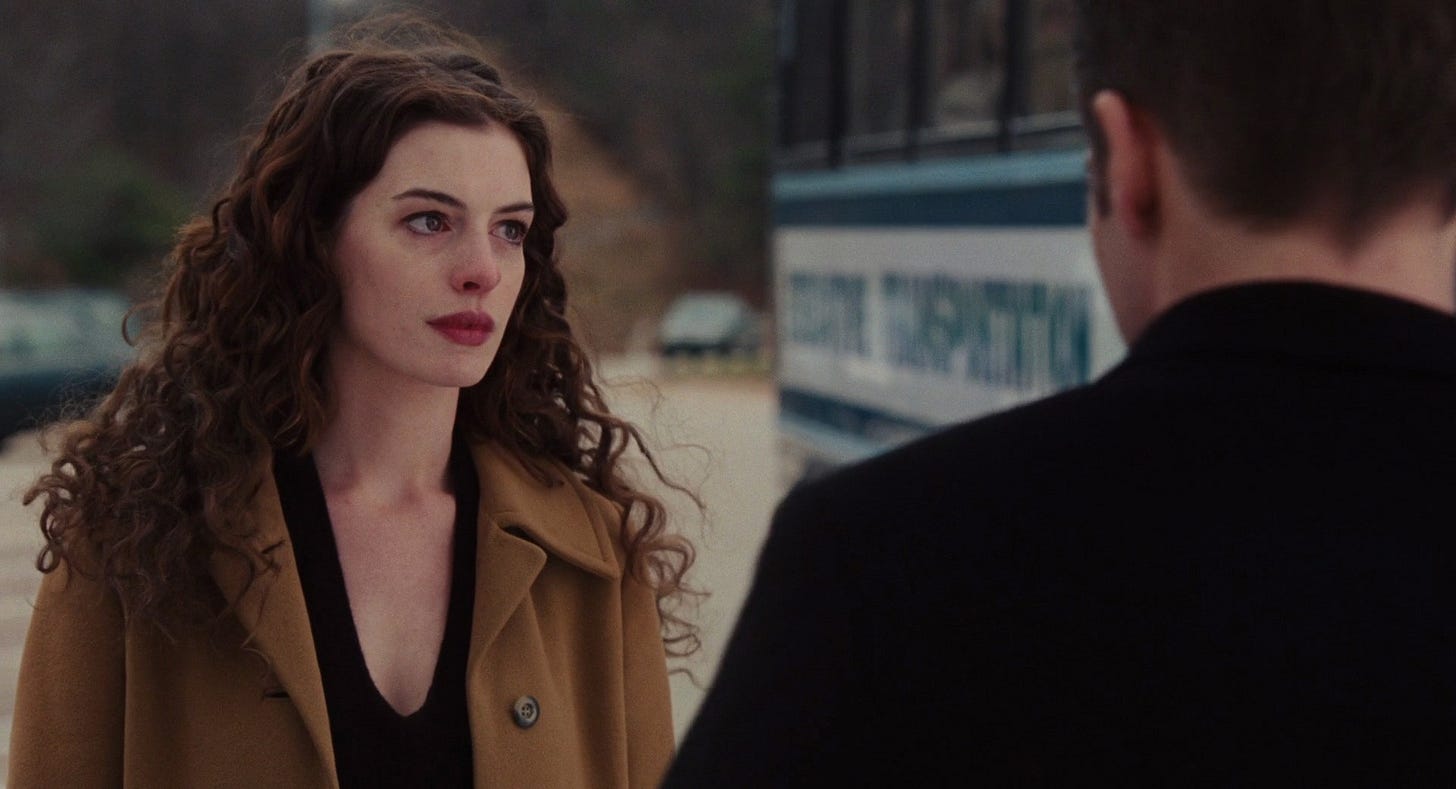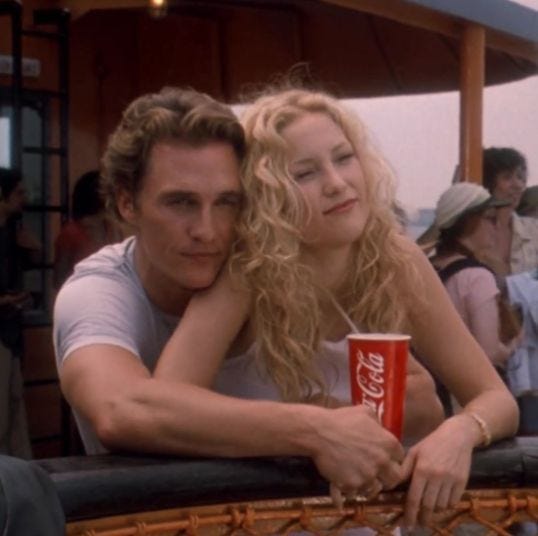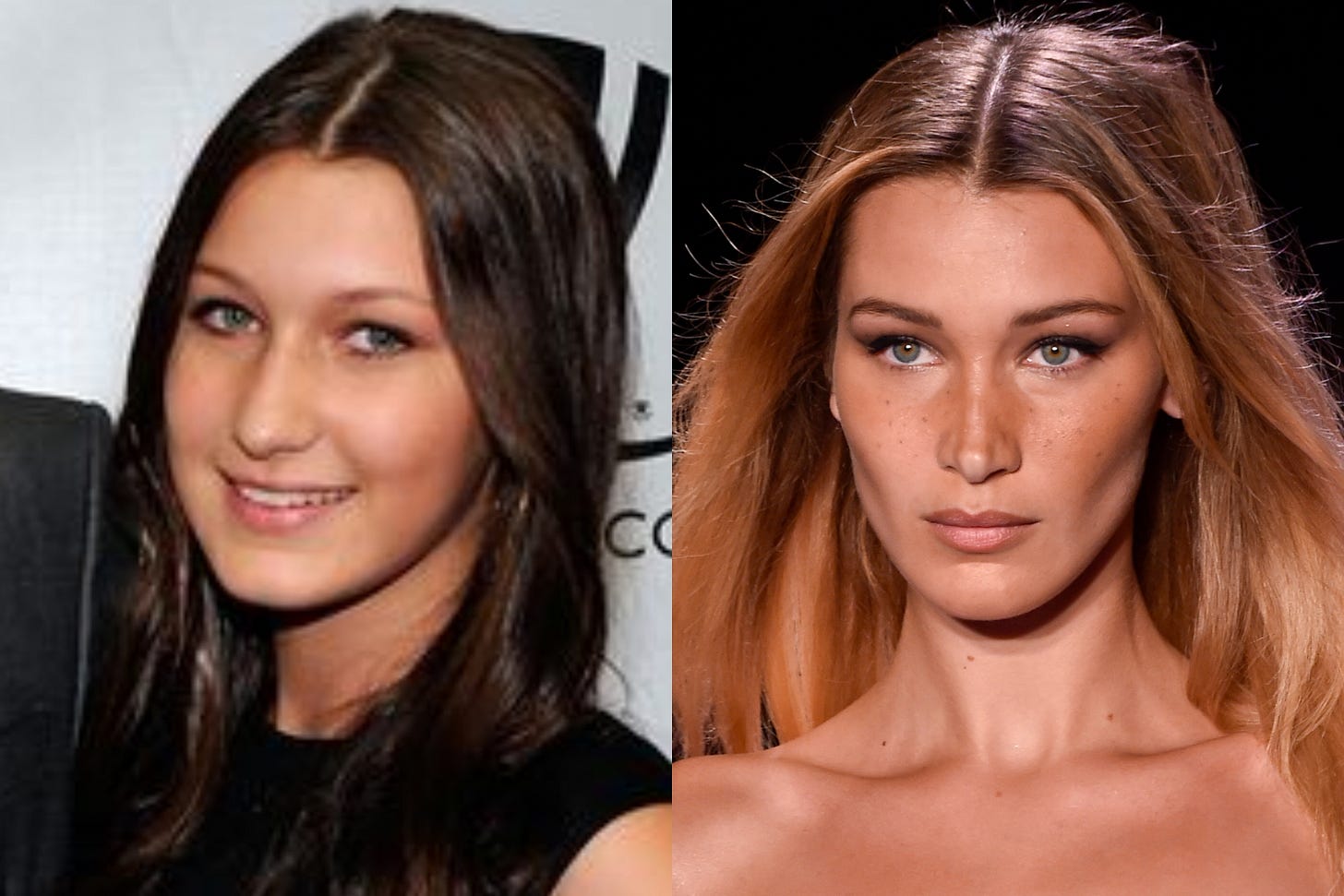A constant phenom of pop culture and obsession for everyone who crosses their path, curls have a death grip on the way society perceives us women lucky enough to be blessed with hair in volume. They’ve had an evolution of their own, from the pin-curls of the 1920s to the big waves of a 1970s blowout, curls have gone in and out of trend for all of time. I, like most women with ringlets, have even had my fair share of batting away the hands of an estranged white woman who can’t help but reach out and touch. But, the controversy here lies in the messaging from media about what unkempt curls mean to beauty.
We’re all too familiar with the tried and true makeover montage in media, from Clueless to The Breakfast Club to Harry Potter, we’ve been sending the message for decades that women are not good enough the way they are, and need insight from the popular girl to unlock their true female potential. This issue affects everyone by creating the narrative that the way you look naturally is not good enough, and that you need to seek out products, treatments, or makeovers to look acceptable, desirable, and truly beautiful in our society. In an early 2000s romantic comedy, the makeover montage is a rite of passage, and every one of these scenes clearly categorizes the following as ugly:
glasses
dark clothing
acne
eccentric makeup
messy hair
freckles
hand-me-down clothes
So we arrive at one of the many dichotomies of what Hollywood defines as ugly - straight vs curly hair. Instantly, Anne Hathaway comes to mind.
In The Princess Diaries, Mia Thermopolis is plucked out of obscurity and given every young girls’ dream - the chance to be a real princess. Upon meeting the royal Julie Andrews, it becomes clear that the Mia we know is unfit to be seen, and will have to undergo intensive training and a completely new look before she is presented as royalty. Her frizzy hair, bushy eyebrows, and glasses will no longer do. But, was Mia more or less herself after her intensive makeover? We’re supposed to hail the man who transformed her into a completely different person, even though she struggled deeply with adjusting to life as a royal figure, and had an explicit outward distaste for it for most of the movie. So then, why would the audience assume the makeover made her feel better about herself or more complete? Does it just simply serve as a reminder that without the royal treatment, we couldn’t possibly look good enough? That’s what it wants us to do. Arguably, Anne’s natural curls weren’t perfect, but they weren’t begging to be straightened; they just needed to be properly maintained. I will be providing proof in the form of Anne in Love & Other Drugs, where she is literally drop dead gorgeous with a head full of natural curls.
However, in some (infrequent) circumstances, the hair goes beyond the movie makeover, and serves as a plot device that when carefully watched reveals the characters true feelings and emotions. In How to Lose a Guy in 10 Days, Kate Hudson and Matthew McConaughey compete in a battle of wits where she attempts to get him to break up with her, and he must get her to fall in love with him. In my opinion, any movie where one character keeps something a secret from the other is the most frustrating plot device imaginable. It feels lazy and overdone, and the resolution to the film is obvious from the beginning of the movie. You’re simply watching the stakes heighten and waiting for the drama to play out. Regardless, a turning point in the movie is when Kate’s character visits his family and starts to see who Matthew is behind closed doors. They ride his motorcycle and get splashed with a wave of street water from a passing truck, wetting her hair. They also have sex for the first time in the shower in his childhood bathroom; which is weird, right? From this moment on in the movie, her hair remains curly, and we can see that she’s clearly started to develop real feelings for him outside of the game she’s playing for her magazine article.
So if the curly hair representation here serves as an earnest depiction of her characters’ true self, why is it that so often in media we eliminate the curls to show a specific beauty standard, taking away the authenticity of who the character truly is?Even in literature, when J.K. Rowling describes the appearance of Hermione Granger, we’re supposed to believe her “frizzy, untamable dark hair” is so ugly that she seeks out Sleekeazy's Hair Potion prior to the Yule Ball, the first time anyone in the series actually acknowledges her beauty. It’s hard to claim that these mixed feelings towards textured hair aren’t rooted in racism, because they are.
But can these makeovers be considered the starting point for women seeking external validation for their appearance and searching for more than just topical products and new clothes? I think so. Is no one else deeply concerned by the emergence of pro-plastic surgery culture? Yes, everyone has the right to do what they please with their money and body, but there’s something dystopian about young girls begging for their first nose job, or finding sugar daddies to fund their BBLs with Dr. Miami. Supermodel Bella Hadid has said her mother buying her a nose job at 14 just reinforced the idea that she wasn’t pretty enough compared to her sister. Even now, all these years later, Bella claims she wishes she had “kept the nose of her ancestors,” proving that the insecurity will be short lived compared to the permanence of a surgical procedure.
Injecting silicon into your butt, face, or boobs because it’s trendy is a dangerous game. There are women booking flights to other countries to have these non-essential procedures done for cheap, and getting other organs stolen in the process. YouTuber Anita claims her close friend flew to Brazil for a BBL in the interest of saving money. During the surgery, unbeknownst to her, her kidney was removed by the doctor and likely sold to another party. You can watch the full video here:
They Sold Her Kidney BBL Horror Story
While maybe her friend should have done more research, I don’t think it’s her fault. This is what the world is telling them to do. Get the surgery and get it now. What happens when curvy bodies fall out of style again? Will people flock back to the surgical beds to get the same fat sucked back out? I worry that normalizing plastic surgery is altering our brain chemistry, and making young girls think they need a slimmer nose or sharper cheekbones or a fuller forehead or tinier hands or whatever to be sexy. Many women have started getting preventative Botox in their twenties.
This isn’t a new idea, as women have always had to fight to “age gracefully,” but it’s hard to argue that social media and signaling from content don’t make it more difficult to feel secure in the way we look. Personally, I’m disturbed by the idea of even getting my eyebrows micro bladed. (For those who don’t know, that’s a teeny tiny tattoo of extra hairs embedded into your regular eyebrows, giving them a fuller shape and texture). Even on a smaller scale of lash extensions or perfectly rounded acrylic nails, these expensive maintenance expectations only exist for women (*cough* the pink tax *cough*). Everything is about always being camera ready and filtered at all times, because every aspect of our life is commodified, shared, posted, tagged, sold. I can only hope that as we progress as a society, that media will follow us. Instead of labeling low-income, alternative, or non-Eurocentric features as ugly, why can’t the makeovers focus on enhancing the natural look of the character and allowing them to express themselves? Well, the answer Hollywood has is: where’s the money in that?
See you next week.







